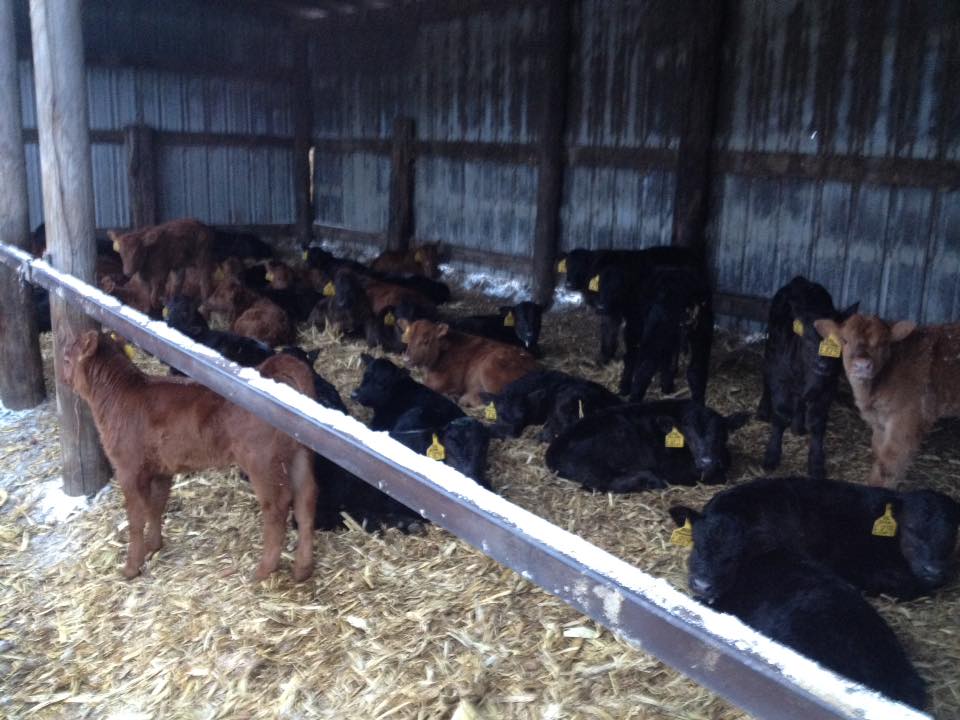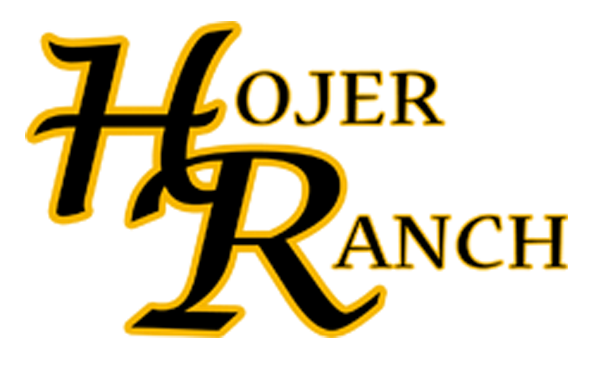
Multi-Breed Evaluation
In the back of our 2002 sale catalog, I wrote an article called “Birth Weight-The Rest Of The Story. ” I received more positive comments about that article than anything I have ever written. Believe or not, I do like to write and educate. Many of the issues that I raised to have you think about really put the whole birth weight issue in perspective for a lot of people. People began looking at all the components of how to measure a bull rather than putting so much weight on birth weight. People began to recognize the value of length of calf and how that translates into real dollars in their pockets but it also translates into a higher birth weight and hence a higher birth weight EPD. This did not mean less calving ease. But most important, I had customers come up with some parameters on EPD’s that they felt would position themselves to match a particular bull with their cows. This plan worked for two years until now when we have what they call Multi-Breed Evaluation.
Multi-Breed Evaluation is a fancy way of saying, “WE ARE GOING TO CHANGE YOUR EPD’S AGAIN!” This time the change has been relatively confusing and I have spent enough time trying to understand why the AGA has made these changes that I will give you some new guidelines to follow as you develop your new parameters to purchase your next herd sire. Remember, I said in the last article that people are an environmental factor that can affect birth weight. Well, one person made these changes and we all have to try and interpret the implications of this change.
First of all some things to understand. When we record calves, our calves for any single trait are compared only against calves that are in the same contemporary group. In other words, if our birth weight range was from 69 lbs. to 98 lbs. , these calves in this group would have a higher or lower EPD depending on where they were placed in the group. That does not mean that the individual birth weight was high, it just means that relative to the group, an individuals birth weight was higher than the average or lower than the average or average within the group. But based on the individual’s position within the contemporary group, the individual animal’s EPD’s would change. Anyway, the bottom line is this, rather than an individual sire being measured across all progeny that is produced, more emphasis is put on individual groups of progeny and therefore we have lost critical mass and accuracy. I believe that you can look at the EPD’s as indicators of what to expect from a trait but not to calculate what to expect from a trait.

Specifically, the birth weight EPD was most affected. In some sire groups you will see little change but in other sire groups you will see significant change. The largest change came in the Balancer and Hybrid groups. Multi-Breed Evaluation gives a credit to birth weight of these crossbred groups that will significantly lower the birth weight EPD. Research has shown that crossing Gelbvieh with Angus or Red Angus has a very big affect on birth weight. In other words, lessons the birth weight. Much of this comes in reduced length of calve and less bone mass. With this in mind, when you are selecting for sires for these English breeds, concentrate on buying as much performance as possible because the cross is a great cross and high performance will maximize the affect. Heterosis is free but cross breed correctly.
As these changes in our system occur, we as your seed stock supplier have to continue to evaluate and adapt to the changing market. With the numbers game that is being played, I see that we had two choices. One, use lower EPD Gelbvieh Genetics to manage numbers and lower overall quality or two, educate our market and maintain the pace of increasing quality that will drive your performance and profitability. At Hojer GELBVIEH we chose to continue to increase quality to drive your profitability.
As always, if you have any questions, talk to Alan at 605-847-4155!!
